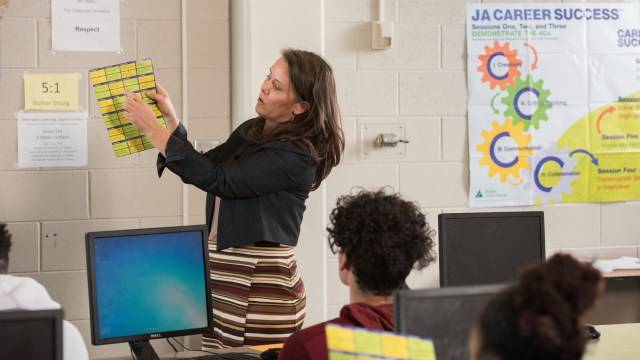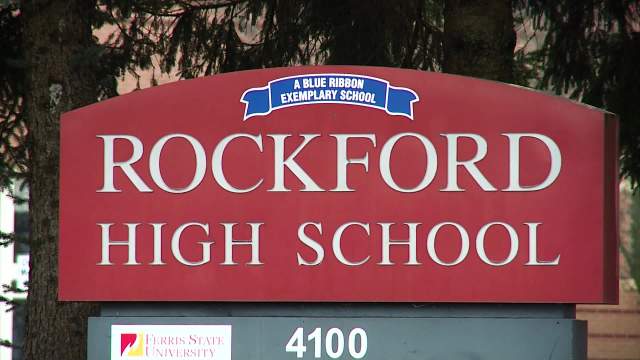The Rise in Law School Applications
The rise in law school applications is more than a passing trend—it’s a reflection of shifting societal, economic, and political dynamics. According to the Law School Admission Council, law schools across the country have seen a notable surge in applicants, with some regions reporting increases of over 50%. This growth is driven by economic uncertainty, political engagement, and changes in admissions policies, all of which are reshaping the future of legal education.
Economic Factors Driving Law School Applications
Periods of economic instability often push individuals toward degrees that promise long-term career stability. With slowdowns in industries like technology and finance, law is emerging as an attractive option for those seeking secure, well-compensated professions. Starting salaries at major corporate firms now exceed $225,000, making the field even more appealing. This mirrors historical trends where recessions and job market downturns drove people toward graduate education as a way to strengthen their career prospects.
Political and Social Influences
Beyond economics, today’s political climate is fueling a renewed interest in legal studies. Major social movements and high-profile legal battles are drawing more people into the profession, motivated by the opportunity to influence policy and advocate for change. Similar spikes in interest were seen following the Watergate scandal and the financial crisis of 2008, illustrating how legal education often surges in response to major societal shifts.
Changes in Law School Admissions
Another key factor in this trend is the declining barrier to entry. Modifications to the Law School Admission Test, including the removal of the logic games section, have made the application process more accessible. At the same time, law schools are prioritizing diversity initiatives, leading to a broader applicant pool. Data shows that applications from minority groups have risen sharply, with Black applicants increasing by 30%. This growing emphasis on inclusivity is likely reshaping the demographic makeup of the future legal workforce.
Concerns About the Job Market
However, this influx of students raises concerns about the evolving job market. While the number of graduates is rising, the legal profession itself is not expanding at the same pace. Many fear a potential oversupply of law graduates, which could lead to underemployment, particularly outside of top-tier firms. A similar situation unfolded after the 2008 recession, when many law school graduates struggled to find work, leading to a generation of attorneys navigating alternative career paths.
The Future of Legal Education and Careers
Looking ahead, law schools will need to carefully manage enrollment while ensuring students are prepared for an increasingly competitive job market. Aspiring lawyers should consider how technology, automation, and changing legal demands will shape their career prospects. As the legal landscape evolves, the intersection of education, technology, and workforce trends will be critical to watch. For more insights on emerging trends, visit Epochedge education.
Conclusion
The surge in law school applications is a snapshot of greater societal changes, revealing how economic pressures, political engagement, and accessibility are shaping professional aspirations. What remains to be seen is how the legal industry will adapt to absorb this new wave of talent. As these dynamics continue to shift, staying informed on industry trends will be essential. For deeper analysis on how emerging technologies and social change are transforming education and careers, explore Epochedge news and Epochedge technology.









